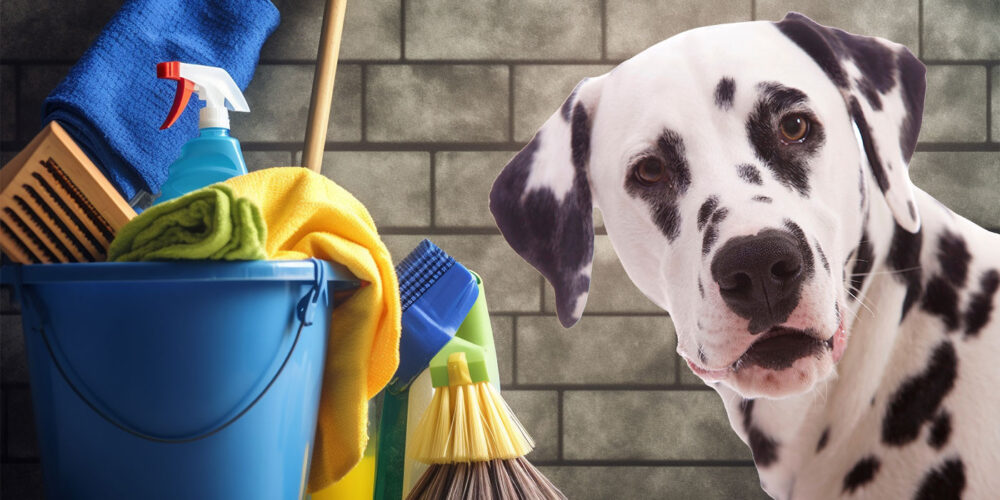How much involvement do you allow insurers to have in your shop’s repairs? To begin, let’s do a little role playing.
Imagine if a young lady came into your facility seeking your services to assist her in the repair of her vehicle, which was struck in the right rear quarter panel while in a parking lot, parked and unattended. “Sarah” informs you that those who caused the damage left the scene, so it was a “hit and run” with no witnesses and no note left — just the damages to her car.
Sarah is a college student who is unfamiliar with the area and chose your shop because you were close, convenient and recommended by several people. She tells you her parents, who are out of state, will be paying for her repair out of pocket as they don’t want to make an insurance claim in fear that their premiums will go up. Being of age, she signs the repair authorization/contract and leaves with a friend.
You perform limited disassembly and prepare her damage/repair assessment, calling Sarah to let her know. She asks that you e-mail the repair assessment to her parents, and you do so.
The next morning, as you’re opening up your shop, a large, middle-aged man comes into your shop and abruptly demands to speak to the manager. You introduce yourself to him as the company’s owner and general manager and ask how you can assist him. He tells you he is Sarah’s uncle and wants to discuss your repair estimate, as he believes you’re trying to charge way too much. He goes on to tell you there are alternative parts that will save money and procedures he feels are not necessary and wants you to change your estimate to reflect that.
So now ask yourself: How would you handle this? How should it be handled? Let’s look at a few things before you decide.
The Customer
In most states across our nation, the laws and regulations recognize and define the “customer” as the party who signed the repair authorization/contract and anyone they may designate. So, because the uncle is not party to your contract, should you discuss your repair plan or with him or take direction from him? Should you first call your true customer or her parents and ask if they would like you to discuss her repair with him? Normally, this would be welcomed in such a situation and likely would be approved — and, in this scenario, Sarah and her parents would most likely welcome her uncle’s involvement to some extent.
The next thing to discuss with your customer or her parents is the types of parts she wishes to be used in her repair. Of course, this, along with other repair-related processes (i.e., pre- and post-repair scans, recalibration, road testing, warrantees, etc.), is something you should have discussed during her initial visit when she first signed the authorization. So, the likely answer is yes, you’ll most likely be advised to respond to Sarah’s uncle’s questions. However, he is not your true customer and, as such, you’re merely dealing with him as a courtesy to your true customer and her parents.
Now, you listen to the uncle and respond to his questions as best as possible. However, because he is not your customer, you cannot legally take direction from him on how to repair Sarah’s vehicle. You can try to explain to him the reasons for the parts, procedures and materials you’ve recommended in the hope that he would understand the benefits derived from following original equipment manufacturer (OEM) procedures and recommendations and how the safety and functional aspects of Sarah’s vehicle will be restored to the best of reasonable human ability. Ultimately, you contact Sarah and her parents to inform them of what has been discussed with her uncle and ask them how they wish to have Sarah’s vehicle repaired.
Insurer Involvement
As I’ve stated before, the advances in vehicle technologies and the growing liabilities for repairers has changed the industry landscape; it’s no longer our fathers’ body shop industry. As such, we should view the involvement of insurance claims people no differently than Sarah’s uncle. Even if a repairer is a direct repair program (DRP) for insurers, the shop should be educating and informing its true customers as to the proper and thorough repair per OEM specifications, recommendations and mandates.
Today’s repairer should accommodate the insurer’s claim representative with the same courtesy as it would a concerned family member; however, it should only take direction from its true customer. And this would be only after the repairer has properly given its customer the information needed to make an informed decision about the repair relative to the customer’s personal safety and economic welfare.
Insurers sometimes act as if they have all the power regarding a consumer’s repair when nothing could be farther from the truth. Insurers have a contract to uphold, and they owe nothing more and nothing less than it promises.
It’s important that truly independent and quality-oriented repairers be fully aware of and understand the insurer claim representative’s true role, responsibilities and limitations, which is:
- Insurers have a duty to mitigate their claims payout. This is done by properly: verifying the policy was in effect and coverage was provided at the time of the loss; investigating the loss to determine and assess liability and applying it to the responsible party or parties; inspecting the insured vehicle to verify that it’s the vehicle listed within the policy; verifying that the claimed damages are indeed a result of the covered loss; determining if the property is to be repaired or replaced, if betterment is applicable and what deductible, if any applies, and then determining the settlement based on those decisions; ensuring claim payouts are in keeping with the policy contract at issue and meet state mandates relative to obligatory handling and time limits.
Insurer claim representatives do not have the contractual responsibility or right to:
- Determine how loss-related damages are to be repaired. Determining repair methodology is the responsibility and duty of the repairer, and it is the repairer who takes on the liability. The only exception is where settlement may be made without the involvement of a repairer, often referred to as a “cashout” settlement.
- Ensure or demand proof that repairs have been repaired; the insurer owes for the cost of needed repair or replacement. In most policy contracts, the policyholder does not need to make repairs or replacement to be fully and properly indemnified (made whole) for his or her loss.
- Be entitled to mandate and obtain a repairer’s internal documents, such as invoice(s) for provided parts, materials and/or sublet services as a condition to pay the claim. This would also include frame and suspension alignment reports, scan read-outs, etc. Under most state laws, the service provider only has to provide the customer with his or her invoice clearly listing what services, parts and materials were provided and the amounts charged to that customer for each.
- Dictate to repairers what to charge for its goods and services any more than a repairer has a right to mandate how much an insurer charges for its policy premiums. All insurers are not the same, and neither are all body shops, as far as the quality of their goods and services. As such, not all repairers are obligated to charge the same as others who provide similar services in their marketplace. That would be like all restaurants being forced to charge the same price for their sirloin steaks regardless of how they were prepared, the service provided, the facility, its atmosphere and/or the quality and flavor of their products.
Summary
My recommendation is for independent, quality-oriented repairers to treat claims people who visit their facilities as they would their customers’ uncles: with respect — but without giving them authority over you and your business.
Treat insurer representatives with the same respect you would show other visitors (customers, parts suppliers, tow truck drivers, rental agents, vendors/salespeople, etc.). All visitors are potential customers or potential referral sources and should always be treated as such — even if they become rude and unruly. If they do become difficult, you should tell them that they’ll need to conduct themselves properly or otherwise leave your facility.
Always involve your true customer and educate them on what he or she needs to both know and understand to make informed decisions, and then when an issue should arise between you and a claim representative, simply seek direction from your customer as to how that person wishes to have you repair the vehicle.
One of the biggest problems that plagues the collision repair industry is the lack of knowledge and business acumen of its members. Most collision repairer business owners and managers rely on misinformation supplied by insurer claims people, who will gladly provide the information they wish repairers to know. I’ve found that many — if not most — claims representatives are unfamiliar with the regulations that govern them and their activities. They merely convey to repairers what they’ve been instructed to tell them by their superiors … and do so willingly and without regard. Unfortunately, many repairers willingly accept and employ the misinformation provided to them and thus fail to properly serve and represent their customers’ and businesses’ best interests.
It’s quite easy. All one needs to do is to meet one’s professional responsibilities and do the right things … in the right way … for the right reasons.
















